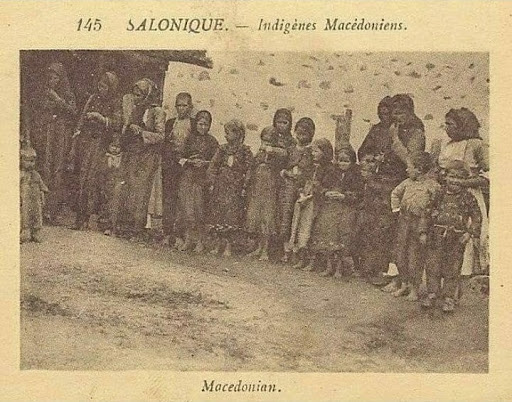An Italian man named Giovanni Maria Angiolello from Vicenza has written down a diary of his travels while part of the company of Sultan Mehmed II the Conqueror.
While in Ottoman captivity, Angiolello was able to learn the Turkish language and make himself worthy.
He had won the sympathies of the Sultan by offering himself to write his biography. After travelling as part of the Sultan’s entourage, Angiolillo saw parts of Greece and Macedonia.
His eyewitness account is valuable for the history of both Macedonia and Greece because he carefully distinguishes Macedonians and Greeks as separate peoples.
It is important to note that the chronicler didn’t name these nations in terms of their belonging to a geographic region, because his writings mention other ethnicities like Vlachs and Turks.
An excerpt of his diary along the then border between Macedonia and Greece:
August 8, 1470. The Sultan camped in a field, on the opposite side of the canyon, which forms the border of Macedonia.
On August 9 he camped near a fortification by the name of Platamon from where one can see the bay of Salonika and its city.
On August 10 he departed from Platamon and camped in a place called Kitros, in the same bay. There are many salt deposits here and a grand river nearby called Vardar.
Vardar flows through Macedonia and pours into the bay of Salonika. One can see many great horses. Some have been brought over from Asia because these plains are fit for raising them.
On August 11, passing the river over the bridge, the Sultan camped in the Salonika plain. Salonika is a city of a fine location and it’s been fortified well.
There is an abundance of food here and other provisions, especially leathers and wool. Also, the body of Saint Demetrius is located here. From his tomb drips an oily liquid which people use against many diseases.
Departing from Salonika on the 12th of the month, the Sultan camped on a mountain called Bogdanos. He stayed overnight on its peak.
On the 13th, the Sultan camped near a city called Seres whose name has been the same since ancient times. This is the final resting place of the nobleman Francisco Brandolino who was general of Saint Marco in Morea.
On the 14th, the Sultan camped near the Holy Mountain whose foothills lay 30 miles in the sea. The mountain is very tall and the home of many monasteries of Christian monks.
Some of the monks are Greeks, others are Macedonians, Wallachians and even Italians, but also representatives of other nations who live the lives of saints.
They never consume meat and depending on the period of the year, they avoid fish that contains blood. The majority doesn’t eat baked food during the fast and they never sleep in a bed.
Their places of prayer are far from the monasteries. They go there alone and stay for eight to ten days. Much good comes out of these people. In all of the monasteries, there are springs with wondrous water and many fruit trees.
No member of the female gender may enter the Holy Mountain, including hens, bitches, and so on. The brotherhoods don’t accept beardless men. Overall, the place is inhabited by holy men. After all, the Turks have devotion for these monks and live with them in peace.
On August 15 the Sultan departed and camped in the once-grand city of Filibegos (meaning, the land of Philip) that was built by the king of Macedonia, Philip.
There are many ancient objects there, even several deserted towers on the hills. The saddle of the mountain has a podium carved out of a grand rock.
On the lower side of the city, there is a column that is substantial and tall. The column has been inscribed in the Greek alphabet, noting that the place used to be a stable belonging to Alexander the Great.
Horses in his time used to be much greater than those of today if we can judge from the horseshoes that have been carved in the column in their natural size.
Here and there on the plain one can find many old monuments that are greater than those in our cities today.
On August 16 the Sultan departed. We passed through a mountain valley called Kavalla, which turns towards the sea. There is a ravine here which is flanked by two nice forts. One is on the top of a mountain and the other by the sea. Both are abandoned.
It appeared that there used to be many grand fruit gardens here, but the trees have aged and are barren now. These places are frequented by pirates who attack and rob travellers.
On the same day, the Sultan stopped on a plain near a river called Aqua Bruna (Black River/Crna Reka). On August 17 he departed from this place and camped near a beautiful and grand fortification called Bari, which is near the sea. The place is inhabited by Greeks and Macedonians.
On August 18, 1470, the Sultan left and then made camp near another fortification called Merkanovo. Here, once every week, there is a grand market for livestock and other goods, like carpets, wool, ironworks and grain.
The market is visited by mercantile Turks and Jews from faraway places.
On August 19, the Sultan departed from Merkanovo and stayed in Gjumilgina which is inhabited by Turks and Greeks. There is food here in abundance.



